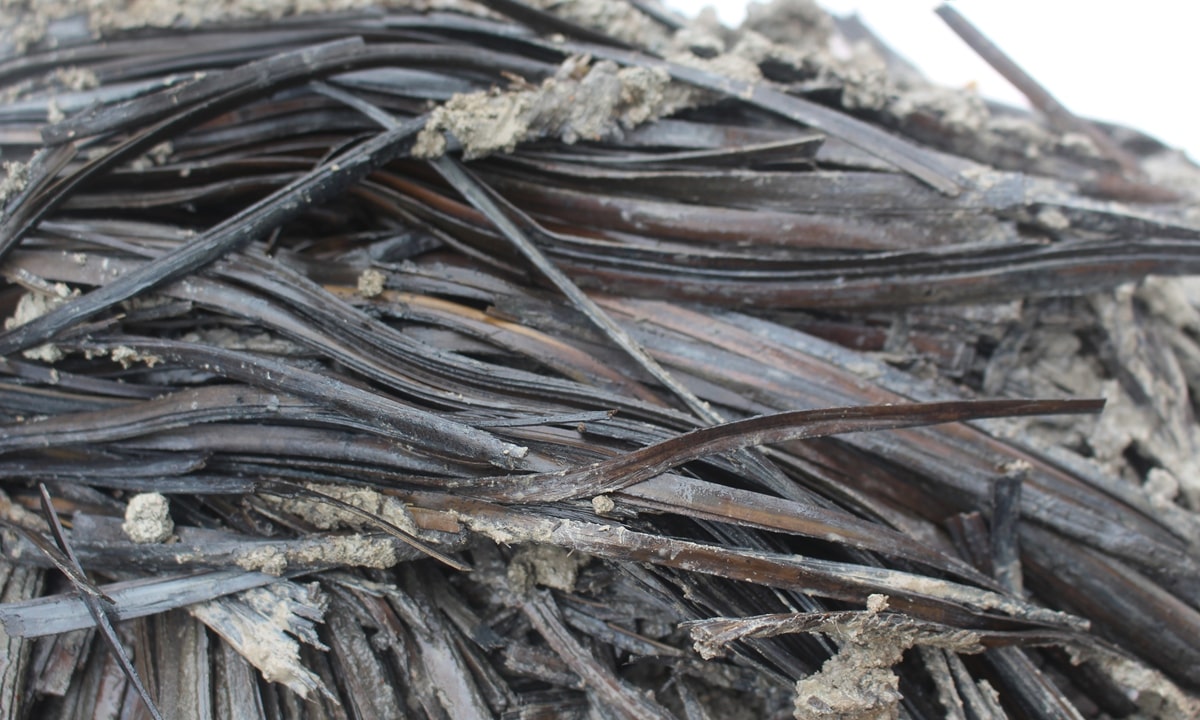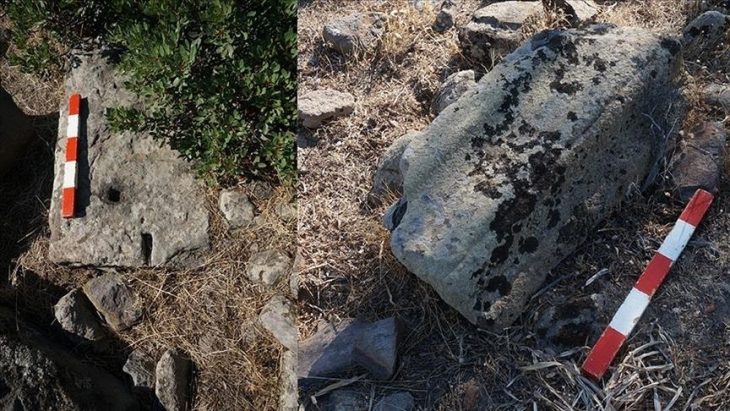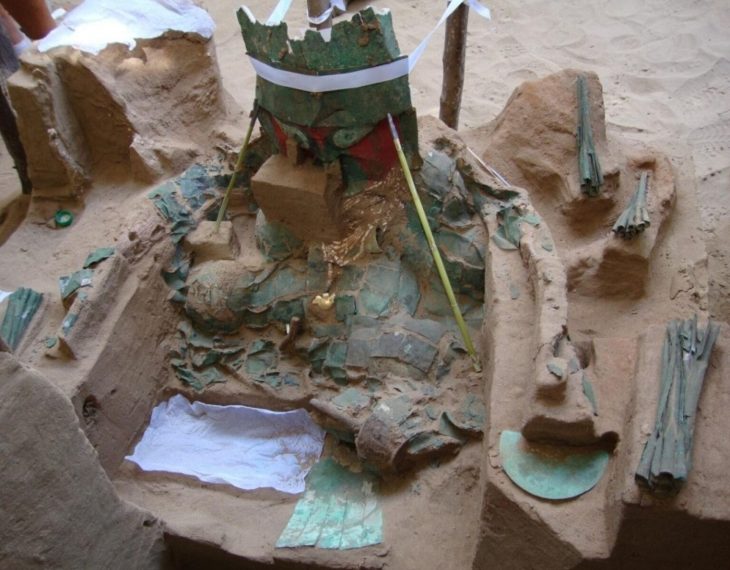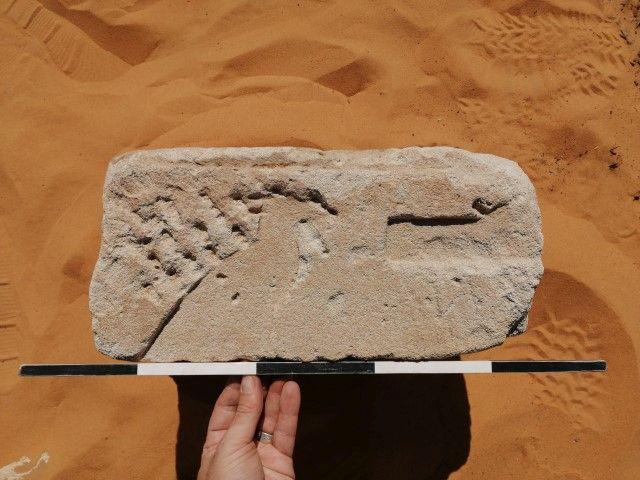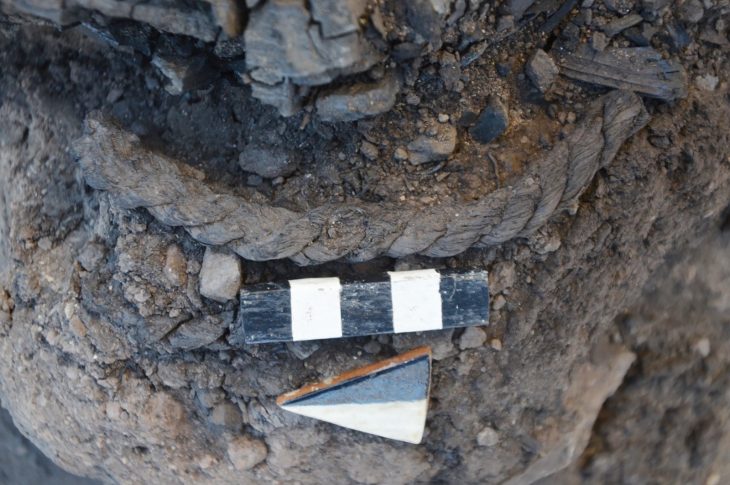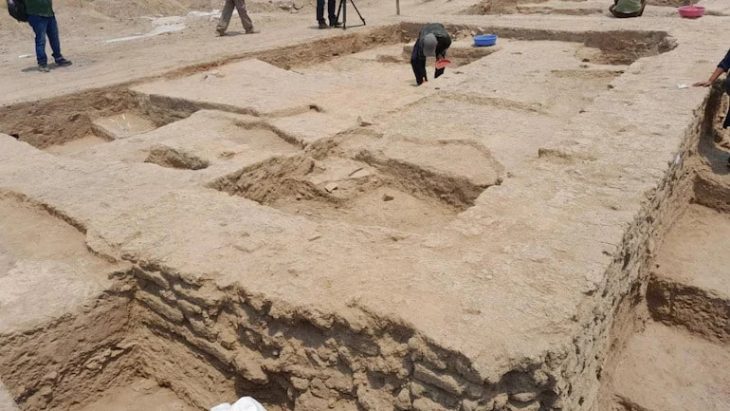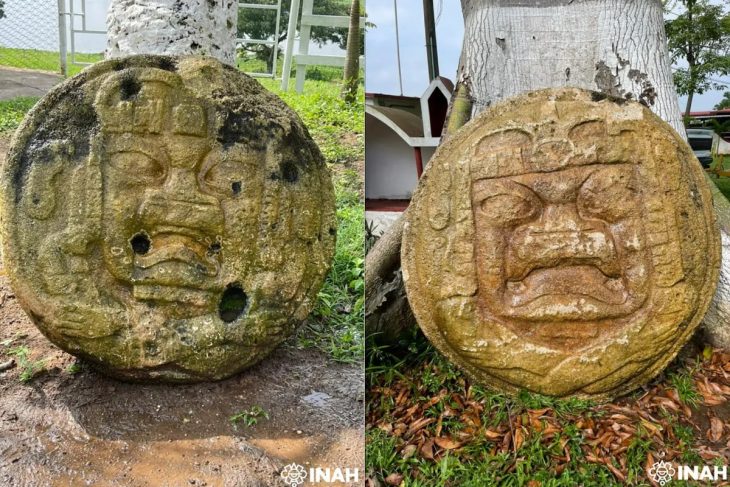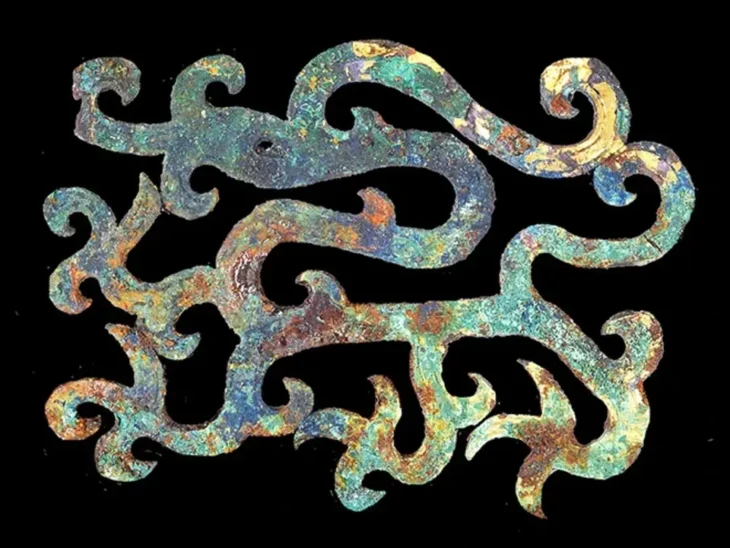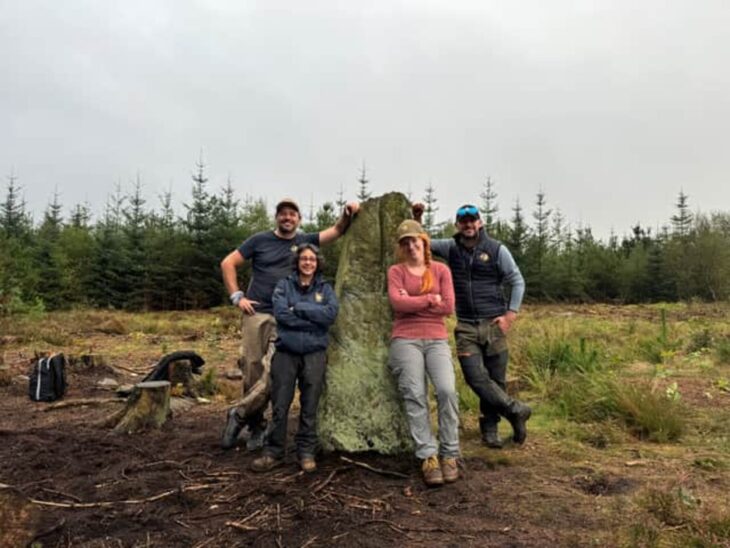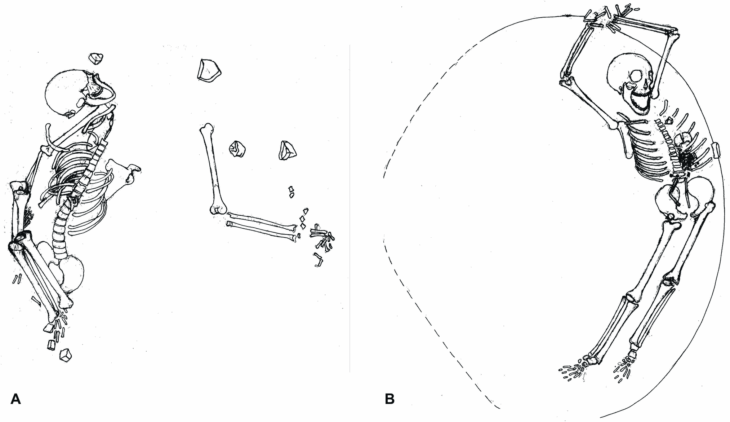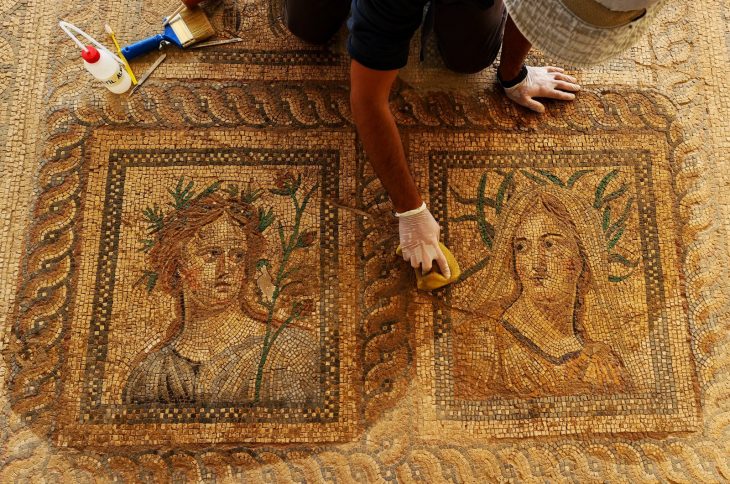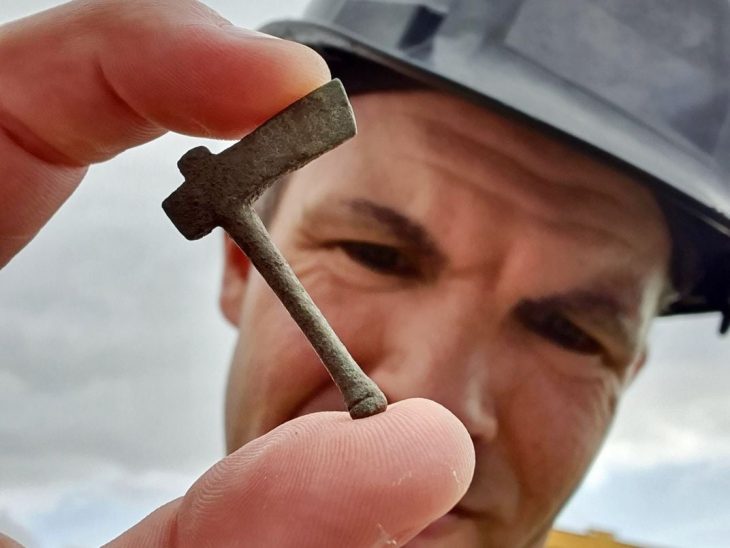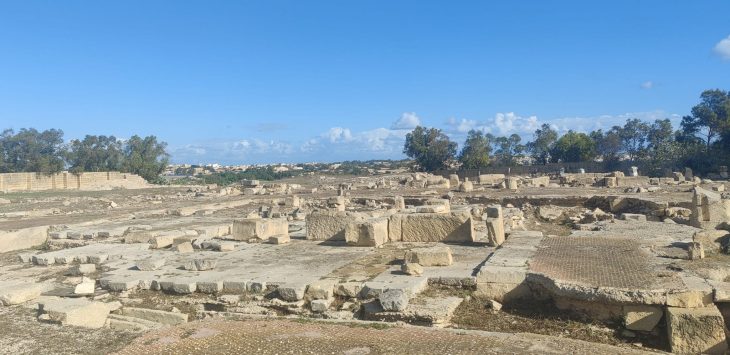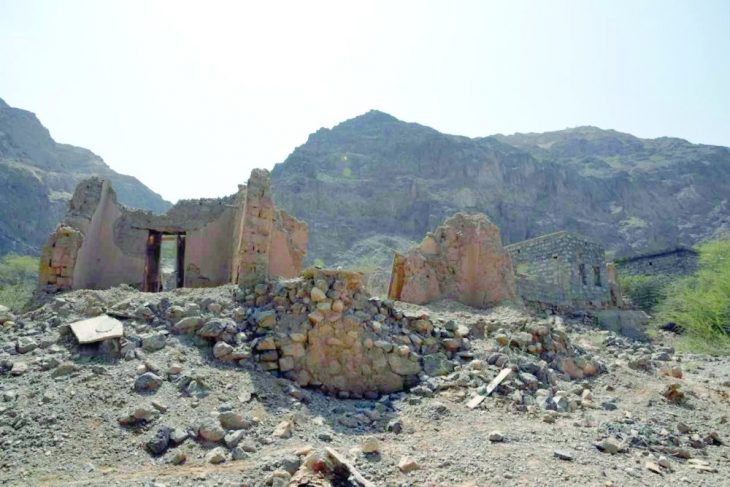Archaeologists excavating a tomb in the Qinjiazui archaeological site of Jingzhou City, Hubei Province, China, have found the earliest multiplication formulas on record.
The earliest multiplication formulas on record have been discovered on bamboo slips from the Warring States period (475BC-221BC), pushing the history of these formulas back by nearly a century, China’s National Cultural Heritage Administration (NCHA) announced at a press conference.
The formula, which dates back to the 4th century BC during the Warring State Period (475-221 BC), precedes another piece discovered in central Hunan Province by approximately a century, said Yang Kaiyong, a research fellow at the Jingzhou Museum. The burial – known simply as M1093 – probably dates back to the reign of either King Chu Xuan or King Chu Wei, from 369 to 329 BCE.
Bamboo slips were the most popular writing material in the period before paper became widespread. These slips, which are typically a centimeter or two wide and a few inches long, have been discovered in large numbers at the Qinjiazui site. Of all the tombs identified so far, M1093 contains the highest number of these slips.
Thousands of bamboo slips holding over 30,000 characters ranging from mathematics, literature, and animal husbandry to medicines have been discovered in the tomb.
📣 Our WhatsApp channel is now LIVE! Stay up-to-date with the latest news and updates, just click here to follow us on WhatsApp and never miss a thing!!
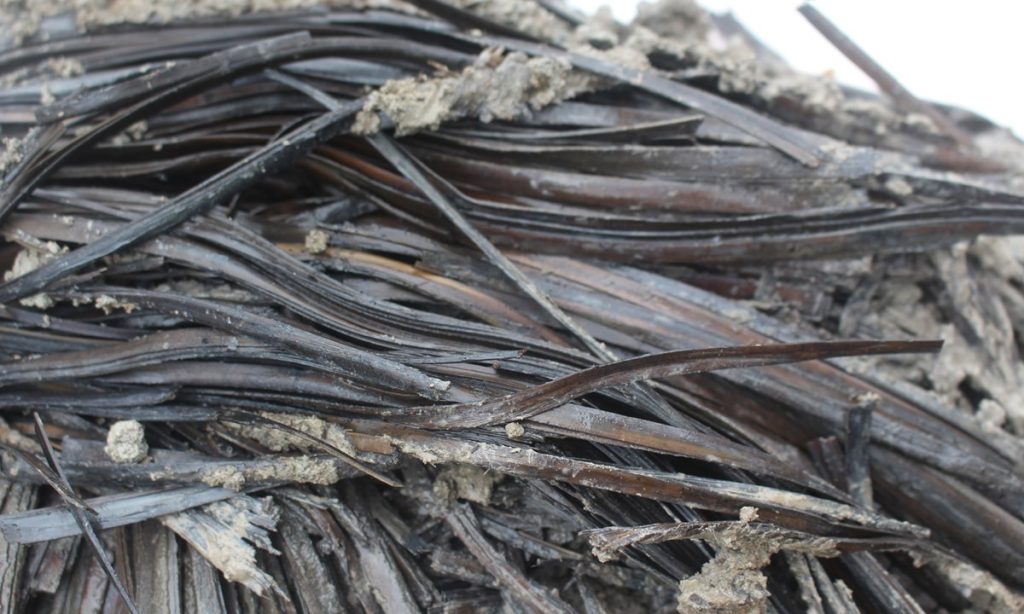
Scientists have used infrared scanning to reveal the words on the slip: “Five times seven is thirty plus five, four times seven is twenty plus eight, three times seven is twenty plus one.”
On one of the strips, researchers found multiplication formulas as well as the oldest known example of an algebraic table known as Jiujiushu.
According to the researchers: “This significant discovery offers invaluable new resources for studying the history, culture, and ideologies prevalent during the pre-Qin period.”
The Warring States period lasted from 475 to 221 BCE and ended when the Qin state overcame its six adversaries. This resulted in the unification of the Chinese empire for the first time and the establishment of the Qin dynasty.
Cover Photo: Bamboo scripts from the Warring States period (475BC-221BC) unearthed from the M1093 tomb at the Qinjiazui site in Jingzhou city, Hubei Province. Photo: China’s National Cultural Heritage Administration

